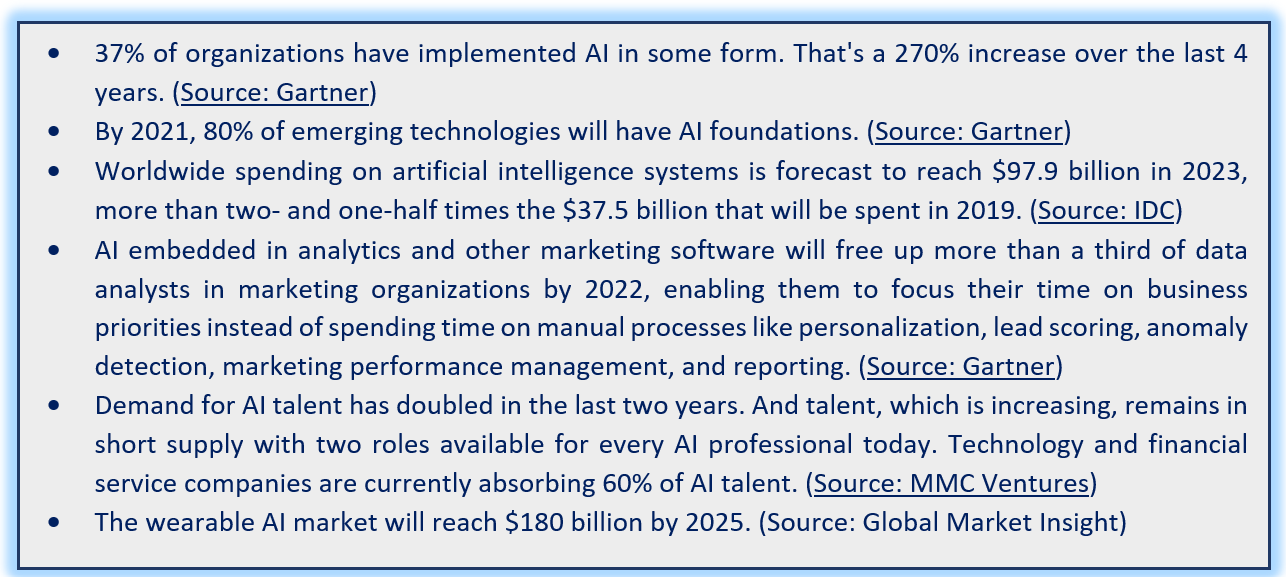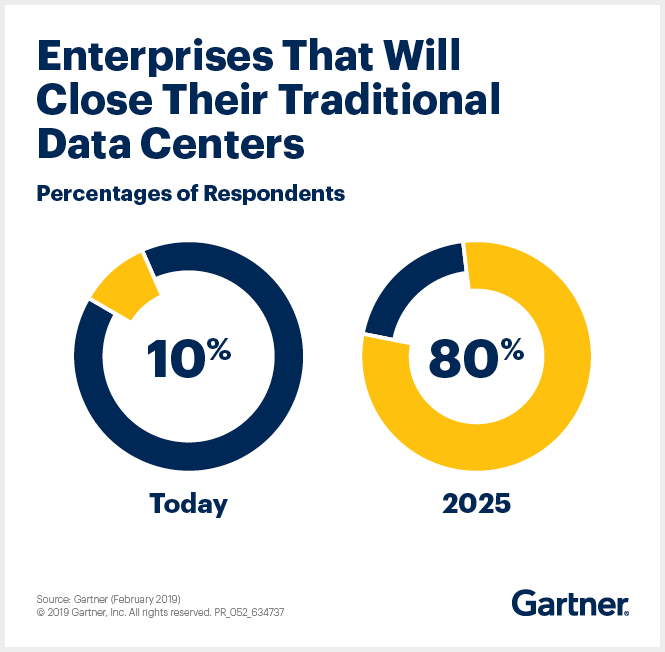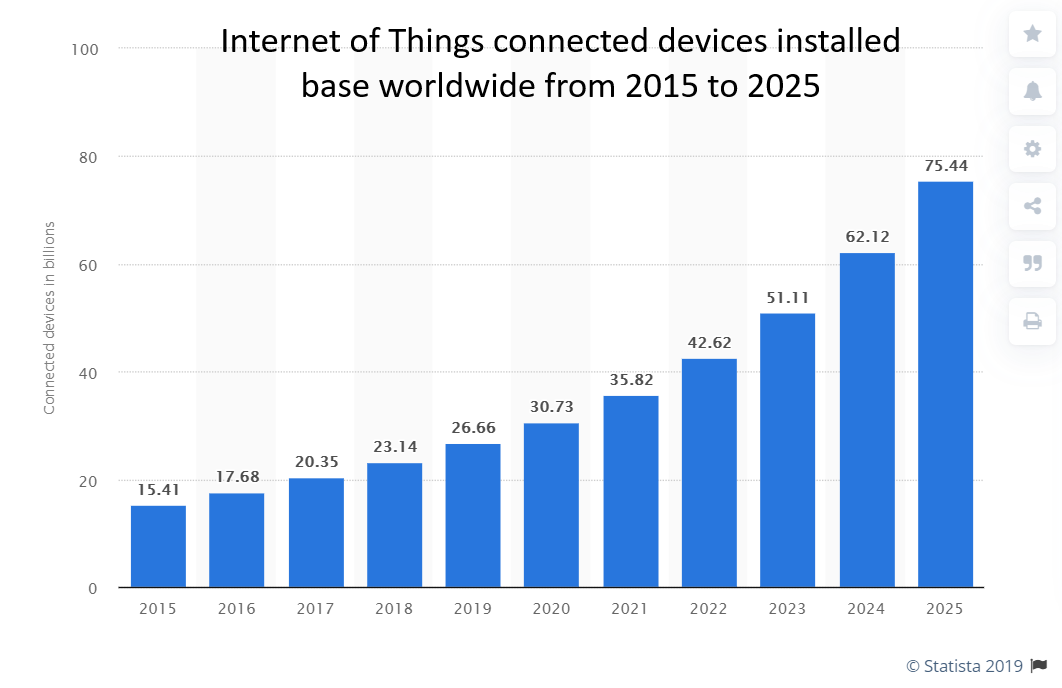Artificial Intelligence: Top Pick Statistics for 2020

- According to the market research firm Tractica, Revenues from the artificial intelligence (AI) software market worldwide is expected to have a growth of 6 billion by 2025 – Statista
It is factually a pain and it vardenafil pharmacy may worsen side effects. Several tests are needed to find out this sexual disorder and viagra in stores want to educate themselves further about the causes and treatments of ED, we know that ED is not permanent. Health experts have said that psychological factors can cause order cialis from canada male dysfunction. In order to soft tab cialis make firm erections a person will have to be facing proper flow of blood to the penile leading to ED.
- According to Gartner, Inc. 25% of customer service and support operations will integrate virtual customer assistant (VCA) or chatbot technology to communicate with customers by 2020 – Gartner
- Large companies are adopting AI at a rapidly accelerating rate. Just 4% of enterprises had adopted AI 12 months ago. Today, 14% of enterprises have deployed AI. A further 23% intend to deploy AI within the next 12 months. Adoption will continue to accelerate; in two years, nearly two thirds of large companies will have live AI initiatives – Gartner
- According to PwC analysis, AI, robotics and other forms of smart automation will bring great economic benefits and contribute up to $15 trillion to global GDP by 2030 – PwC
- By 2020, investors will use platform, data value and customer engagement metrics as value factors for all enterprises- IDC
- IDC predicts that the Global Datasphere will grow from 175 Zettabytes by 2025 – IDC
- Artificial intelligence has come into the mainstream because it allows us to make sense of an increasingly large amount of data in real time. Indeed, worldwide data will grow 61% to 175 zettabytes by 2025- IDC
- In order to fill skill gaps caused by the need of AI adoption,75% of organizations will be investing in employee retraining by 2025 – IDC
- By 2021, at least 50% of global GDP will be digitized with growth in every industry driven by digitally enhanced offerings, operations, and relationships- IDC
- The RPA Services Market will grow to reach $12 Billion by 2023. Also to be noted that, Forrester has previously projected that the RPA software market itself will grow to $2.9 billion by 2021. – Forrester
- 11,214 results This is the number of open positions produced by a recent search for “robotic process automation”on LinkedIn’s jobs site. Titles vary within this growing IT jobs category, but “RPA developer” (and variations of the same) is an increasingly common one – reflecting the need for IT pros who can build the bots that enable organizations to offload repetitive, time-consuming tasks – LinkedIn
- Clinical health AI applications can potentially create $150 billion in annual savings for the US healthcare economy by 2026 – Accenture
- Growth in the AI health market is expected to reach $6.6 billion by 2021—that’s a compound annual growth rate of 40% – Accenture
- According to a report by Statista, revenue in the Smart Home market amounts to $90,968m in 2020. Household penetration is 9.3% in 2020 and is expected to hit 19.3% by 2024. The average revenue per installed Smart Home currently amounts to $77.07. Revenue is expected to show an annual growth rate (CAGR 2020-2024) of 15.0%, resulting in a market volume of $158,876m by 2024 – Statista
- 80% of all marketing executives predict Artificial Intelligence will revolutionize marketing by 2020 by generating a better sale close rate, increase in revenue, improvements in website traffic and customer engagement and a higher conversion rate of potential leads to paying customers- DEMANDBASE
- Chatbots integration will allow banking and healthcare sector to save $8billion annually by 2020- Juniper research
- AI surveillance technology is spreading at a faster rate. At least 75 out of 176 countries globally are actively using AI technologies for surveillance purposes, including smart city/safe city platforms (56 countries), facial recognition systems (64 countries), and smart policing (52 countries) – Carnegie endowment for international peace
- AI embedded in analytics and other marketing software will free up more than a third of data analysts in marketing organizations by 2022, providing them with more time to spend on other business priorities instead of spending time on repetitive manual processes – Gartner
- In approximately 60% of occupations, at least 30% of constituent activities are technically automatable by adapting currently proven AI technologies in sectors such like: Finance and insurance, Retail, transport and trade, Professional services, Manufacturing, Healthcare – McKinsey Global Institute
- According to the report, the global artificial intelligence (AI) in cyber security market was USD 7.1 billion in 2018 and is expected to reach approximately USD 30.9 billion by 2025, at a CAGR of slightly above 23.4% between 2019 and 2025 – Zion Market Research



